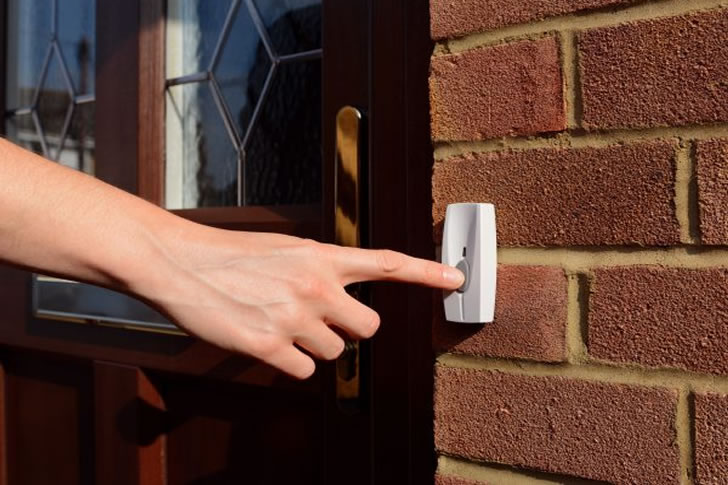How to Install A Video Doorbell
In the realm of home security, video doorbells have become a crucial tool, offering not just the convenience of seeing who’s at the door from anywhere, but also recording potential threats. This guide will walk you through the installation process step-by-step, highlighting key considerations and useful tips.

Share this article 











Recent Comments